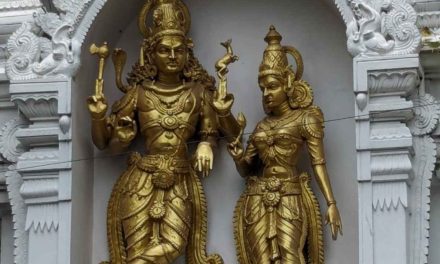Delving deeper into the Sarvasara Upanishad unveils a symphony of wisdom, illuminating the path to liberation through its 23 profound questions and answers. This exploration transcends the initial outline, unraveling layers of knowledge and inviting us to contemplate the true nature of the Self.
Breaking Free from the Shackles of Ignorance:
The text begins by addressing the core of our suffering: bondage. This bondage, termed Bandha, arises from mistaking the ephemeral for the eternal, identifying with the body and its limitations. It is Avidya, or nescience, the veil of ignorance that clouds our vision of the true Self. This misidentification creates a cycle of birth and death, a recurring play where we remain captive to desires and attachments.
Moksha, liberation, offers the escape from this cycle. Its pursuit requires the light of Vidya, true knowledge. This knowledge isn’t mere intellectual understanding, but a direct and intuitive realization of the Atman, the unchanging, blissful essence that lies at the core of our being.
A Journey Through the Layers of Existence:
The Upanishad guides us through various states of consciousness, unveiling the different sheaths that envelop the Atman. These five koshas, from the physical Annamaya to the blissful Anandamaya, represent the layers of our being that we must transcend to reach ultimate liberation.
Each kosha plays a specific role in our experience of the world. The Annamaya is the foundation, our physical body constructed from food. The Pranamaya governs our vital life force and energy. The Manomaya houses the mind and our senses, shaping our thoughts and perceptions. The Vijnanamaya is the sheath of intellect, allowing us to discriminate and distinguish. Finally, the Anandamaya embodies the bliss that lies within, the potential for true happiness that shines beyond the limitations of the other koshas.
Navigating the Internal Landscape:
Exploring the various players within our inner universe further illuminates the path. The Karta is the agent, the doer identified with actions, while the Jiva is the individual soul limited by attachments and karmic cycles. The Kshetrajna, the knower of the body, observes the play of consciousness within the physical realm. The Sakshi, the witness, transcends the limitations of both observer and the observed, remaining untouched by the fluctuations of the mind.
The Kutastha and Antaryamin represent different aspects of the Atman’s relationship with the body and other beings. The Kutastha resides within the heart, the center of awareness, while the Antaryamin permeates all beings, the inner ruler guiding them from within.
Unveiling the True Self:
Ultimately, the goal is to realize the Pratyagatman, the inner Self that is one with the ever-present, ultimate reality, Brahman. This Brahman is Satya (Truth), Jnana (Knowledge), Ananta (Infinity), and Ananda (Bliss). It is the unchanging essence that transcends everything finite and impermanent.
The Upanishad emphasizes the distinction between the “That” (Tat) of Brahman, the unattributed absolute reality, and the “Thou” (Tvam) of the Atman, the individual Self that shines as a reflection of that reality. It guides us towards a realization of non-duality, where the distinction between the internal and external, the Self and Brahman, dissolves into a profound sense of oneness.
Beyond Words and Concepts:
Maya, the illusory power that creates the appearance of separation and limitation, is ultimately undefinable. It exists and yet doesn’t, a veil that can only be dispelled through direct experience. This experience cannot be grasped through mere intellectual knowledge; it requires a complete surrender of the mind, a merging with the boundless ocean of consciousness that lies at the heart of reality.
The Song of Self-Realization:
The final verses of the Sarvasara Upanishad are a declaration of self-realization, a powerful affirmation of the true nature of the Self. We are neither the body nor the mind, but pure consciousness, eternal and ever-joyful. We are Brahman, the source of all existence, forever present and untouched by the limitations of the world.
This journey through the Sarvasara Upanishad is more than just a theoretical exploration. It is an invitation to awaken to our true nature, to shed the layers of ignorance and step into the radiant light of liberation. Remember, dear reader, the wisdom lies not just in the words but in the experience they evoke. Let this profound knowledge ignite your inner fire, guide your path, and ultimately lead you to the realization of your own divine essence.
Go forth, seeker, and embark on your own quest for self-discovery. The wisdom of the Sarvasara Upanishad is your compass, pointing you towards the infinite ocean of peace and love within.





